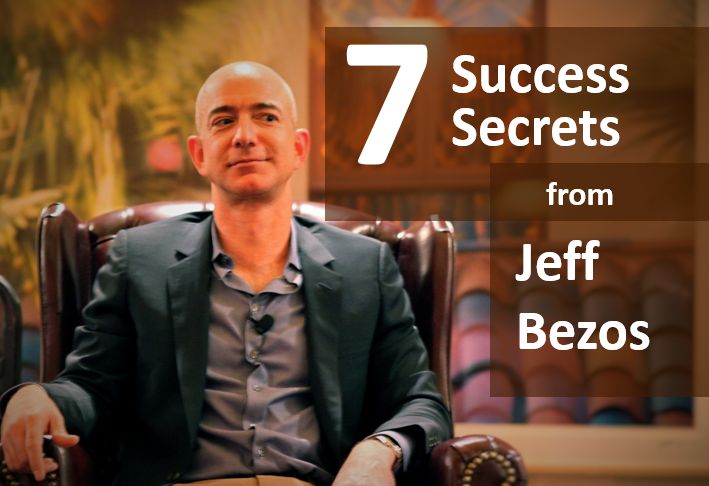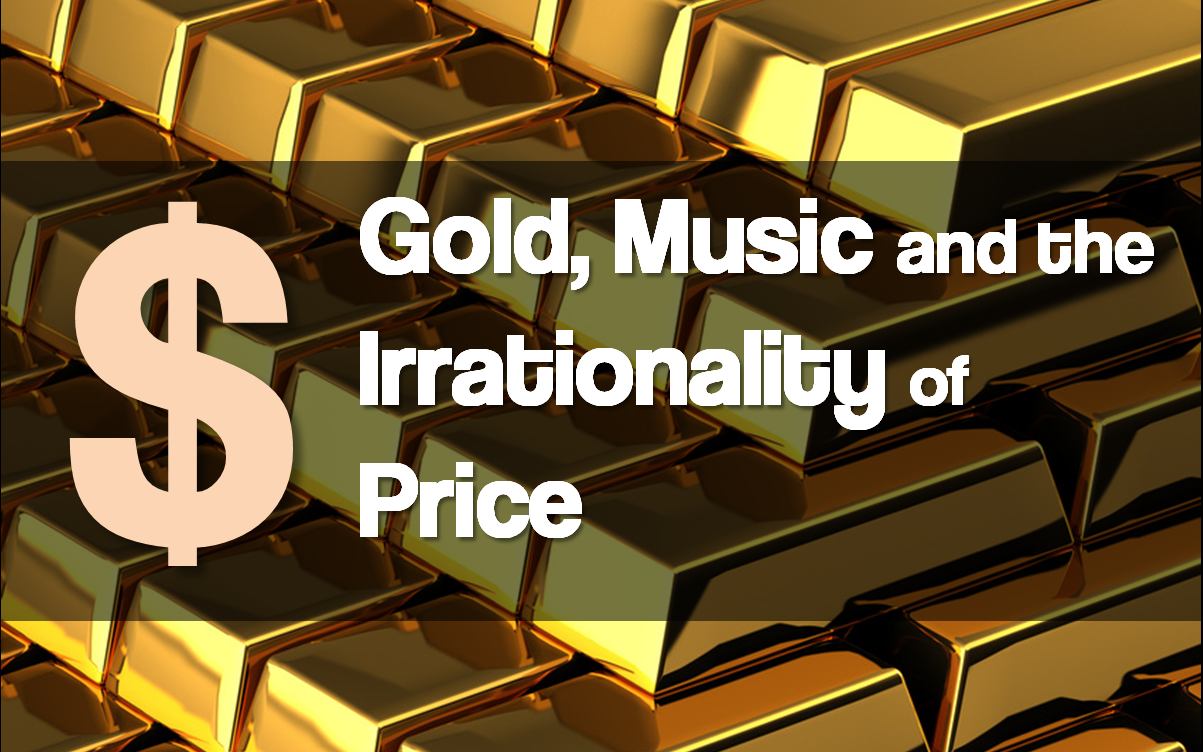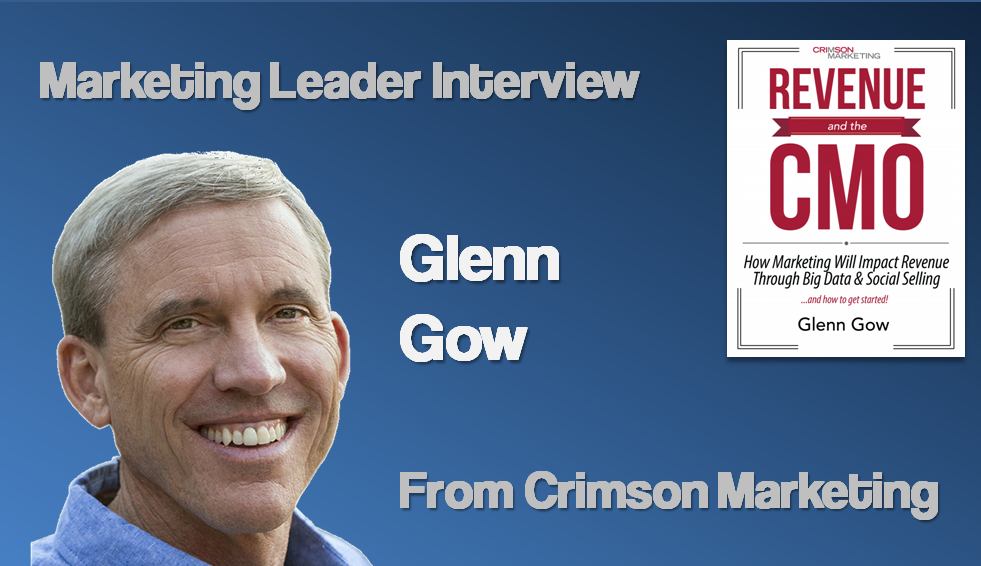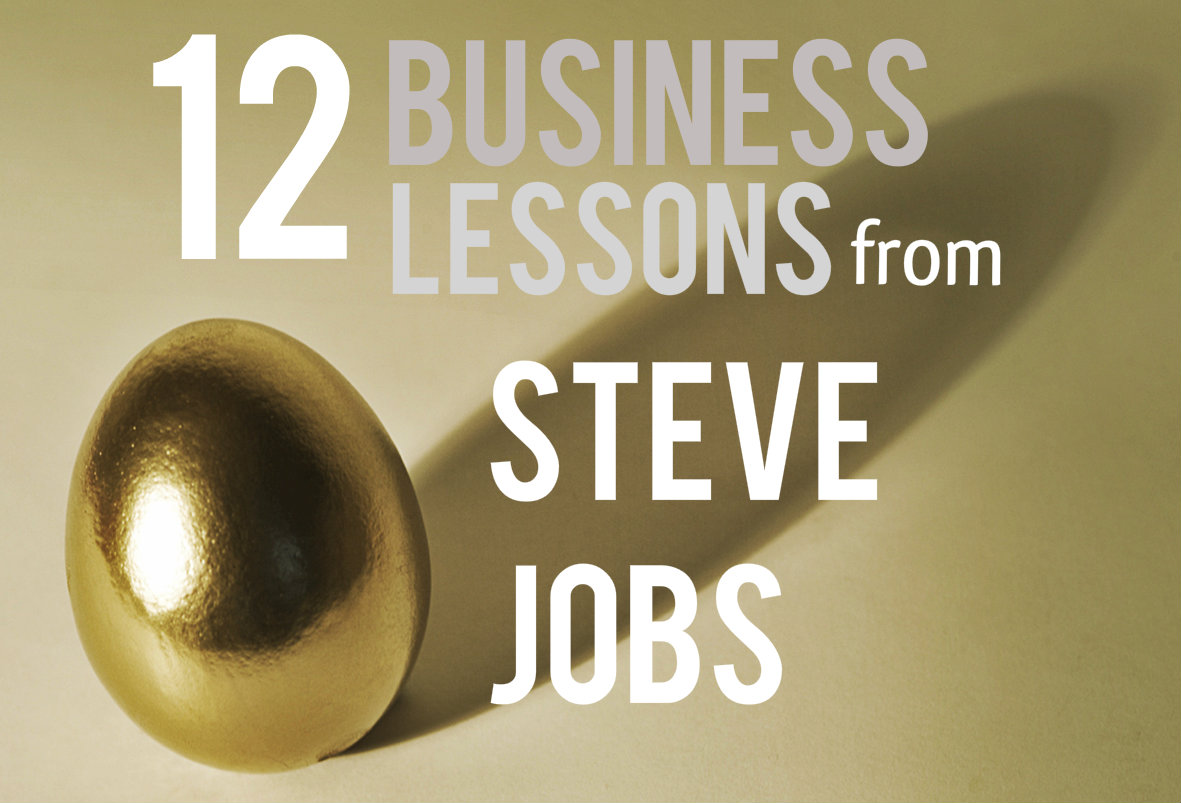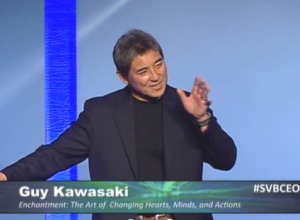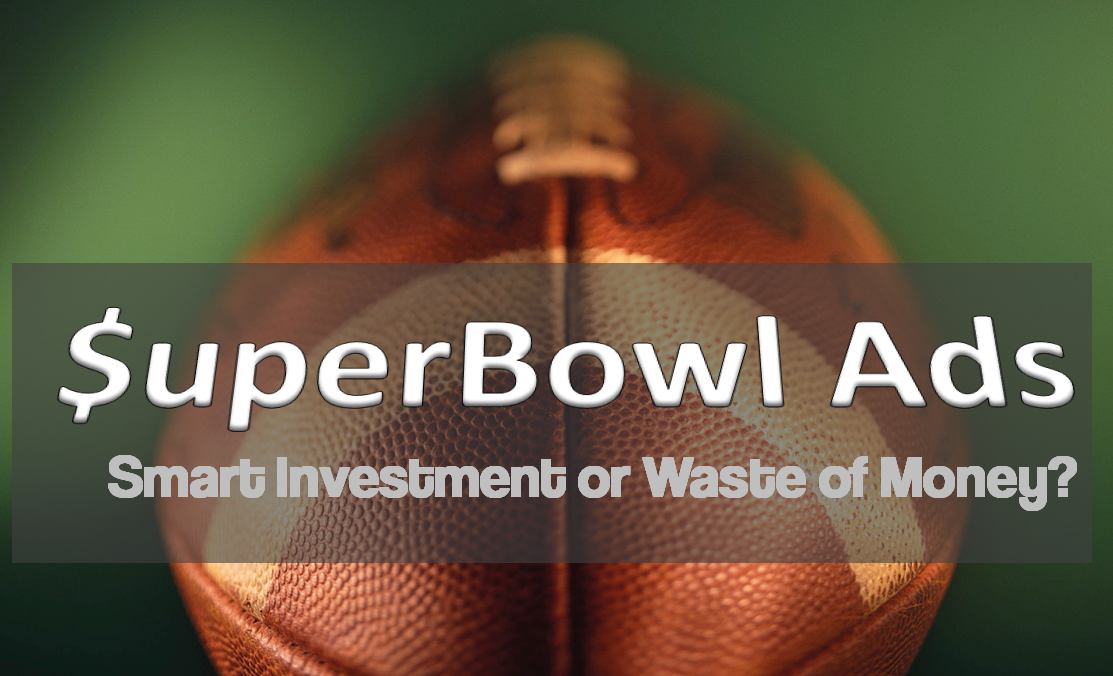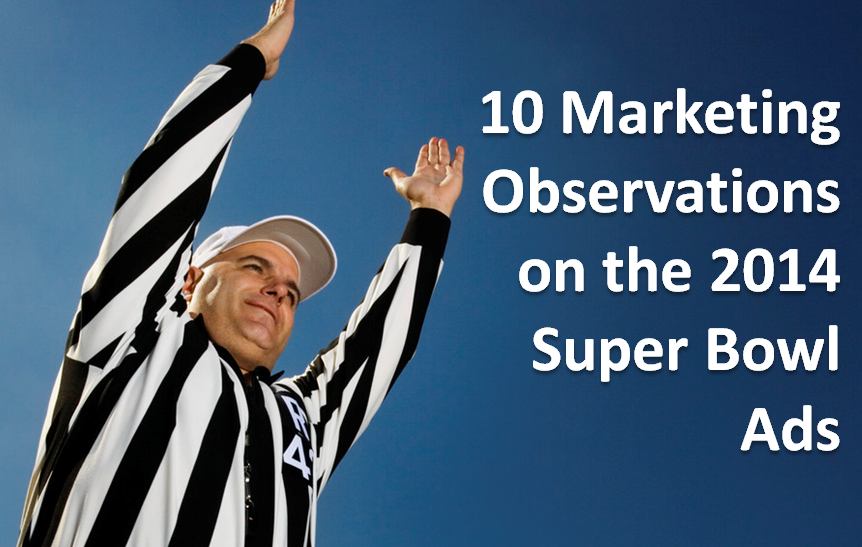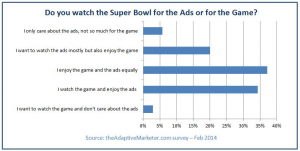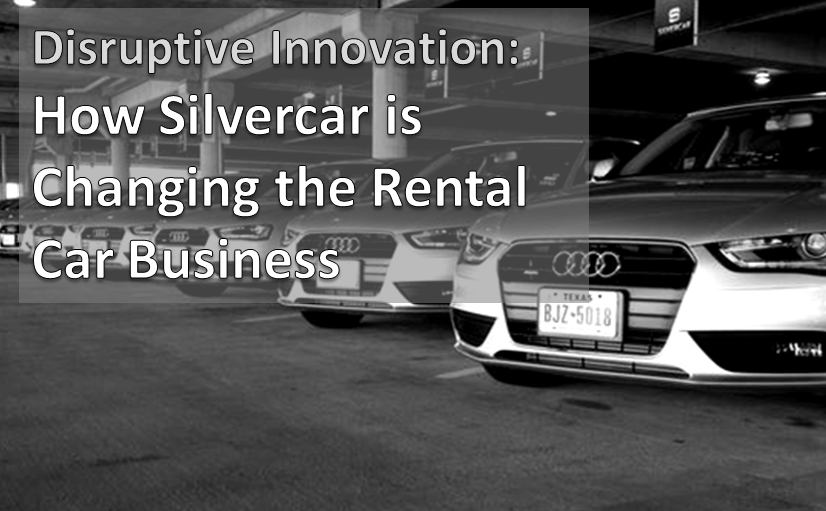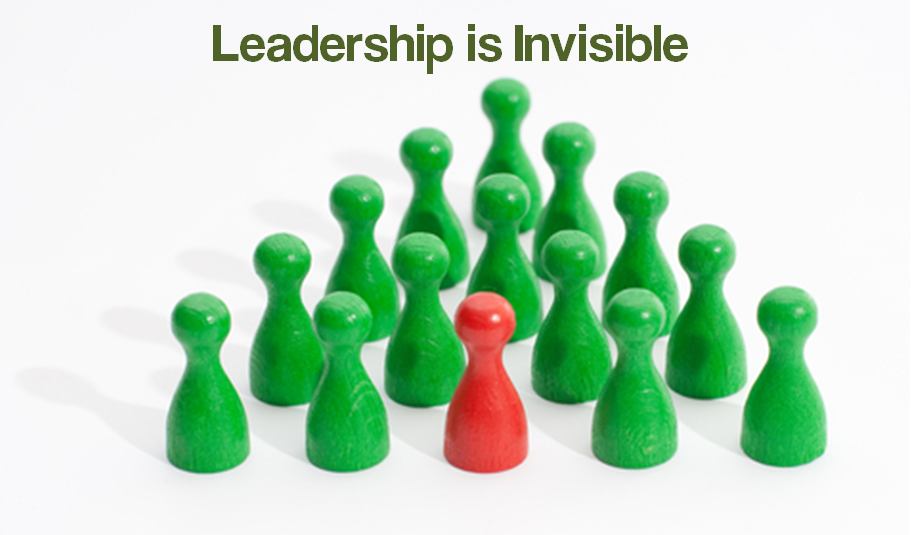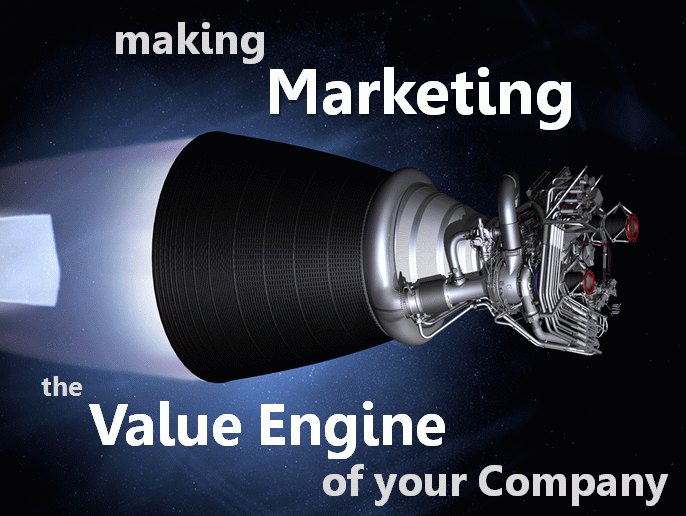This post originally appeared as a guest contribution in the Blog for the Austin chapter fo the American Marketing Organization
Peter Drucker, the father of modern business thinking, said that only marketing an innovation create value – everything else is basically overhead. He also said that marketing is the distinguishing function of an organization. Quite an endorsement about the Marketing function – but also a great responsibility.
In contrast, many people consider marketing to be deceptive, superfluous and buzz-wordy. Unfortunately, some marketing is one or all three of these. Unfortunately, marketers rank right next to used car salesmen in terms of reputation and trust. Interesting dichotomy.
What other teams in your company think about the marketing department: is it creating value for the company or spending money on funny ads? Maybe more importantly, we should ask ourselves, was Drucker wrong? Continue reading “Marketing Should be the Value Engine of your Company”
 Continue reading “The Amazon Bible: 7 Principles behind Jeff Bezos’ Success”
Continue reading “The Amazon Bible: 7 Principles behind Jeff Bezos’ Success”
